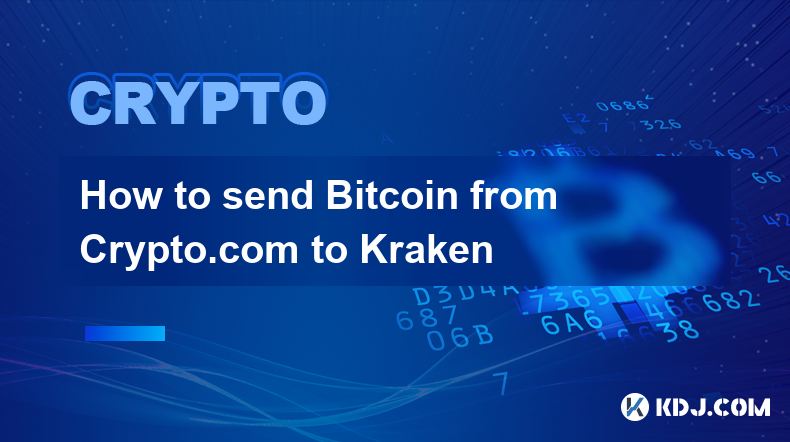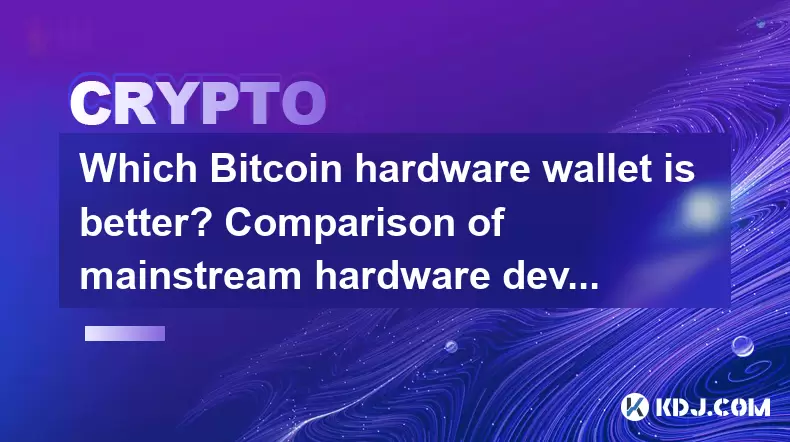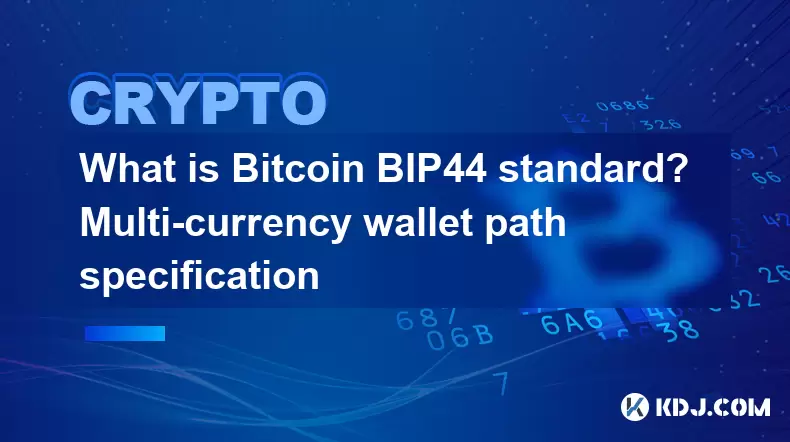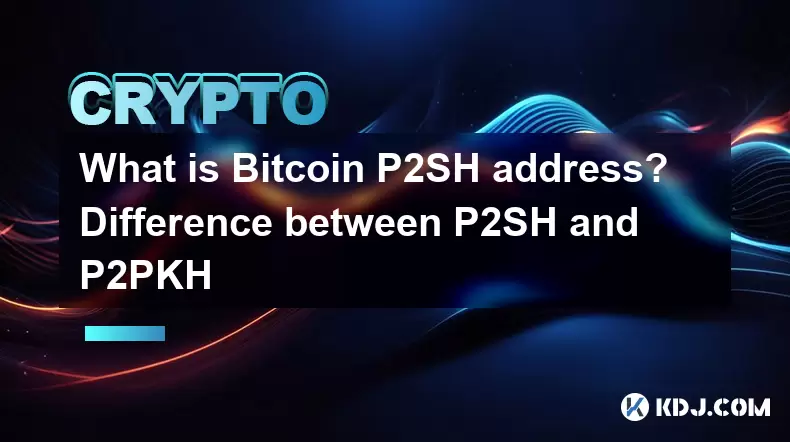-
 Bitcoin
Bitcoin $107,275.1551
-0.32% -
 Ethereum
Ethereum $2,485.3056
1.77% -
 Tether USDt
Tether USDt $1.0005
0.03% -
 XRP
XRP $2.2223
1.31% -
 BNB
BNB $657.7608
1.39% -
 Solana
Solana $156.3566
3.02% -
 USDC
USDC $0.9999
0.01% -
 TRON
TRON $0.2791
1.09% -
 Dogecoin
Dogecoin $0.1651
0.45% -
 Cardano
Cardano $0.5738
2.78% -
 Hyperliquid
Hyperliquid $40.2672
5.82% -
 Bitcoin Cash
Bitcoin Cash $517.5487
5.30% -
 Sui
Sui $2.7981
-0.40% -
 Chainlink
Chainlink $13.3500
-0.36% -
 UNUS SED LEO
UNUS SED LEO $9.1220
1.12% -
 Avalanche
Avalanche $17.9515
-0.32% -
 Stellar
Stellar $0.2361
-0.44% -
 Toncoin
Toncoin $2.9423
2.33% -
 Shiba Inu
Shiba Inu $0.0...01145
-0.68% -
 Litecoin
Litecoin $86.1693
-0.63% -
 Hedera
Hedera $0.1493
0.64% -
 Monero
Monero $315.1374
1.81% -
 Polkadot
Polkadot $3.4002
-0.73% -
 Dai
Dai $1.0001
0.03% -
 Bitget Token
Bitget Token $4.5413
-1.35% -
 Ethena USDe
Ethena USDe $1.0002
-0.01% -
 Uniswap
Uniswap $7.1733
-0.57% -
 Aave
Aave $274.0465
-0.23% -
 Pepe
Pepe $0.0...09810
2.24% -
 Pi
Pi $0.5101
-3.10%
How to send Bitcoin from Crypto.com to Kraken
Transferring Bitcoin from Crypto.com to Kraken involves careful preparation, secure execution, and monitoring to ensure a successful and safe transaction.
Apr 04, 2025 at 12:29 pm

Sending Bitcoin from Crypto.com to Kraken is a straightforward process, but it requires careful attention to detail to ensure the transaction is successful and secure. This guide will walk you through the steps needed to transfer your Bitcoin from Crypto.com to Kraken, including how to prepare for the transfer, execute it, and confirm its completion. Whether you're moving funds for trading, investment, or simply transferring to a different platform, understanding the process is crucial for managing your cryptocurrency effectively.
Preparing for the Transfer
Before you begin the transfer process, it's important to prepare adequately. This involves ensuring that both your Crypto.com and Kraken accounts are set up correctly and that you have the necessary information at hand. Here are the steps you should take:
- Verify your identity on both platforms: Both Crypto.com and Kraken require users to complete a Know Your Customer (KYC) process. Ensure that your identity is verified on both platforms to avoid any issues during the transfer.
- Check the withdrawal limits: Crypto.com has specific withdrawal limits that may vary based on your account level. Make sure you are aware of these limits and that your desired transfer amount falls within them.
- Ensure you have enough Bitcoin: Double-check your Crypto.com wallet to confirm that you have the amount of Bitcoin you wish to transfer.
- Gather Kraken's deposit address: Log into your Kraken account and navigate to the Bitcoin deposit section to obtain the deposit address. This address is where you will send your Bitcoin from Crypto.com.
Initiating the Transfer on Crypto.com
Once you have prepared for the transfer, you can proceed to initiate it from your Crypto.com account. Follow these steps carefully to ensure a smooth transaction:
- Log into your Crypto.com account: Use your credentials to access your account.
- Navigate to the withdrawal section: Go to the "Withdraw" or "Send" section of the platform.
- Select Bitcoin as the cryptocurrency: Choose Bitcoin from the list of available cryptocurrencies.
- Enter the Kraken deposit address: Carefully copy and paste the Bitcoin deposit address you obtained from Kraken into the recipient address field on Crypto.com.
- Specify the amount of Bitcoin to transfer: Enter the amount of Bitcoin you wish to send to Kraken.
- Review the transaction details: Double-check the recipient address and the amount to ensure everything is correct.
- Confirm the transaction: Follow the prompts to confirm the transaction. You may need to enter a two-factor authentication (2FA) code to proceed.
Monitoring the Transfer
After initiating the transfer, it's important to monitor its progress to ensure it reaches your Kraken account successfully. Here's what you should do:
- Check the transaction status on Crypto.com: Immediately after sending the Bitcoin, you should see a transaction ID or hash. Use this to track the transaction on a blockchain explorer like Blockchain.com or BlockCypher.
- Wait for the transaction to be confirmed: Bitcoin transactions typically require several confirmations on the blockchain before they are considered complete. This can take anywhere from a few minutes to an hour, depending on network congestion.
- Verify the receipt on Kraken: Once the transaction has been confirmed, log into your Kraken account and check your Bitcoin balance to ensure the funds have arrived.
Troubleshooting Common Issues
Sometimes, issues can arise during the transfer process. Here are some common problems and how to address them:
- Incorrect recipient address: If you accidentally send Bitcoin to the wrong address, the funds may be lost forever. Always double-check the address before confirming the transaction.
- Insufficient funds: If you attempt to transfer more Bitcoin than you have in your Crypto.com wallet, the transaction will fail. Ensure you have enough Bitcoin before initiating the transfer.
- Network congestion: During times of high network activity, Bitcoin transactions can take longer to confirm. Be patient and monitor the transaction's progress on a blockchain explorer.
- Withdrawal limits exceeded: If you try to withdraw more Bitcoin than your Crypto.com account allows, the transaction will be blocked. Check your withdrawal limits and adjust your transfer amount accordingly.
Security Tips for Bitcoin Transfers
Security is paramount when dealing with cryptocurrency transfers. Here are some tips to keep your Bitcoin safe during the transfer process:
- Use strong passwords and 2FA: Ensure that both your Crypto.com and Kraken accounts are protected with strong, unique passwords and two-factor authentication.
- Be cautious of phishing attempts: Always access Crypto.com and Kraken through their official websites and be wary of emails or messages asking for your login credentials.
- Keep your private keys secure: Never share your private keys or seed phrases with anyone. These are used to access your cryptocurrency and should be kept confidential.
- Use a hardware wallet for large transfers: If you are transferring a significant amount of Bitcoin, consider using a hardware wallet to add an extra layer of security.
Understanding Transaction Fees
When sending Bitcoin from Crypto.com to Kraken, you will need to pay transaction fees. These fees can vary based on several factors:
- Network fees: Bitcoin transactions require a fee to be processed by the network. This fee is paid to miners who validate and confirm transactions. The fee amount can fluctuate based on network congestion.
- Crypto.com withdrawal fees: Crypto.com charges a fee for withdrawing Bitcoin from their platform. This fee is typically a fixed amount or a percentage of the transaction value.
- Kraken deposit fees: Kraken may also charge a fee for depositing Bitcoin into their platform, although this is less common.
To minimize fees, consider the following:
- Choose the right time: Send your Bitcoin during periods of low network congestion to reduce network fees.
- Adjust the transaction fee: Some platforms allow you to set a custom transaction fee. A higher fee can result in faster confirmation, while a lower fee may take longer but save you money.
Confirming the Transfer on Kraken
Once the Bitcoin has been successfully transferred to your Kraken account, it's important to confirm the receipt and ensure everything is in order. Here's how to do that:
- Log into your Kraken account: Access your account using your credentials.
- Navigate to the Bitcoin section: Go to the section of the platform where your Bitcoin balance is displayed.
- Check the transaction history: Look for the incoming transaction from Crypto.com. The transaction should match the amount you sent and the transaction ID you noted earlier.
- Verify the balance: Ensure that your Bitcoin balance on Kraken reflects the transferred amount.
Common Questions Related to Sending Bitcoin from Crypto.com to Kraken
Q: How long does it take to transfer Bitcoin from Crypto.com to Kraken?
A: The transfer time can vary depending on network congestion and the number of confirmations required. Typically, it can take anywhere from a few minutes to an hour for the transaction to be confirmed and the Bitcoin to appear in your Kraken account.
Q: Are there any fees associated with transferring Bitcoin from Crypto.com to Kraken?
A: Yes, there are fees involved. You will need to pay a network fee for the Bitcoin transaction, a withdrawal fee from Crypto.com, and possibly a deposit fee from Kraken. The exact amounts can vary based on current network conditions and the policies of each platform.
Q: What should I do if my Bitcoin transfer from Crypto.com to Kraken is delayed?
A: If your transfer is delayed, first check the transaction status on a blockchain explorer using the transaction ID. If the transaction is still pending, it may be due to network congestion. If the transaction has been confirmed but the Bitcoin has not appeared in your Kraken account, contact Kraken's customer support for assistance.
Q: Can I cancel a Bitcoin transfer from Crypto.com to Kraken after it has been initiated?
A: Once a Bitcoin transaction is initiated and broadcast to the network, it cannot be canceled. It's crucial to double-check all details before confirming the transaction.
Q: Is it safe to transfer Bitcoin from Crypto.com to Kraken?
A: Yes, it is safe as long as you follow best practices for security. Use strong passwords, enable two-factor authentication, and double-check the recipient address to ensure the transfer goes smoothly and securely.
Disclaimer:info@kdj.com
The information provided is not trading advice. kdj.com does not assume any responsibility for any investments made based on the information provided in this article. Cryptocurrencies are highly volatile and it is highly recommended that you invest with caution after thorough research!
If you believe that the content used on this website infringes your copyright, please contact us immediately (info@kdj.com) and we will delete it promptly.
- Coinbase, Altcoins, and Listings: What's the Buzz?
- 2025-07-01 00:30:11
- Chainlink's Bullish Signals: Investors Bet on Long-Term Value
- 2025-07-01 00:50:12
- CICADA Finance Soars on BNB Chain: A TGE Deep Dive
- 2025-07-01 01:30:11
- MicroStrategy's Bitcoin Bet: Holdings, Sell-Off Concerns, and S&P 500 Dreams
- 2025-07-01 01:30:11
- XRPL EVM Sidechain: Ethereum dApps Unleashed on XRP Ledger!
- 2025-07-01 01:35:11
- Bybit, Kraken, and Tokenized Stocks: A New Era for Trading?
- 2025-07-01 00:30:11
Related knowledge

Which Bitcoin hardware wallet is better? Comparison of mainstream hardware devices
Jun 16,2025 at 02:08am
What Is a Bitcoin Hardware Wallet?A Bitcoin hardware wallet is a physical device designed to securely store the private keys associated with your cryptocurrency holdings. Unlike software wallets, which are more vulnerable to online threats, hardware wallets keep private keys offline, significantly reducing the risk of unauthorized access. These devices ...

What are Bitcoin non-custodial wallets? Self-controlled private key recommendation
Jun 16,2025 at 11:29pm
Understanding Bitcoin Non-Custodial WalletsA Bitcoin non-custodial wallet is a type of digital wallet where users retain full control over their private keys. Unlike custodial wallets, which are managed by third-party services such as exchanges, non-custodial wallets ensure that only the user can access and manage their funds. This means no intermediary...

What is Bitcoin BIP44 standard? Multi-currency wallet path specification
Jun 15,2025 at 04:08pm
Understanding the BIP44 Standard in Bitcoin and CryptocurrencyThe BIP44 standard, which stands for Bitcoin Improvement Proposal 44, is a widely adopted hierarchical deterministic wallet structure used across various cryptocurrencies. It defines a structured path format that enables wallets to support multiple currencies while maintaining consistency and...

What is Bitcoin HD wallet? Advantages of layered deterministic wallets
Jun 16,2025 at 03:56pm
Understanding Bitcoin HD WalletsA Bitcoin HD wallet, or Hierarchical Deterministic wallet, is a type of cryptocurrency wallet that generates multiple keys and addresses from a single seed phrase. Unlike traditional wallets that create random private keys for each transaction, an HD wallet follows a structured hierarchy to derive keys in a deterministic ...

Is Bitcoin zero-confirmation transaction risky? Zero-confirmation usage scenarios
Jun 15,2025 at 03:57am
Understanding Zero-Confirmation Transactions in BitcoinBitcoin zero-confirmation transactions, often referred to as 'unconfirmed transactions,' are those that have been broadcast to the network but have not yet been included in a block. This means they have not received any confirmations from miners. While these transactions can be useful in certain con...

What is Bitcoin P2SH address? Difference between P2SH and P2PKH
Jun 16,2025 at 09:49pm
Understanding Bitcoin P2SH AddressesA Pay-to-Script-Hash (P2SH) address in the Bitcoin network is a type of address that allows users to send funds to a script hash rather than directly to a public key hash, as seen in earlier address formats. This innovation was introduced through BIP 16, enhancing flexibility and enabling more complex transaction type...

Which Bitcoin hardware wallet is better? Comparison of mainstream hardware devices
Jun 16,2025 at 02:08am
What Is a Bitcoin Hardware Wallet?A Bitcoin hardware wallet is a physical device designed to securely store the private keys associated with your cryptocurrency holdings. Unlike software wallets, which are more vulnerable to online threats, hardware wallets keep private keys offline, significantly reducing the risk of unauthorized access. These devices ...

What are Bitcoin non-custodial wallets? Self-controlled private key recommendation
Jun 16,2025 at 11:29pm
Understanding Bitcoin Non-Custodial WalletsA Bitcoin non-custodial wallet is a type of digital wallet where users retain full control over their private keys. Unlike custodial wallets, which are managed by third-party services such as exchanges, non-custodial wallets ensure that only the user can access and manage their funds. This means no intermediary...

What is Bitcoin BIP44 standard? Multi-currency wallet path specification
Jun 15,2025 at 04:08pm
Understanding the BIP44 Standard in Bitcoin and CryptocurrencyThe BIP44 standard, which stands for Bitcoin Improvement Proposal 44, is a widely adopted hierarchical deterministic wallet structure used across various cryptocurrencies. It defines a structured path format that enables wallets to support multiple currencies while maintaining consistency and...

What is Bitcoin HD wallet? Advantages of layered deterministic wallets
Jun 16,2025 at 03:56pm
Understanding Bitcoin HD WalletsA Bitcoin HD wallet, or Hierarchical Deterministic wallet, is a type of cryptocurrency wallet that generates multiple keys and addresses from a single seed phrase. Unlike traditional wallets that create random private keys for each transaction, an HD wallet follows a structured hierarchy to derive keys in a deterministic ...

Is Bitcoin zero-confirmation transaction risky? Zero-confirmation usage scenarios
Jun 15,2025 at 03:57am
Understanding Zero-Confirmation Transactions in BitcoinBitcoin zero-confirmation transactions, often referred to as 'unconfirmed transactions,' are those that have been broadcast to the network but have not yet been included in a block. This means they have not received any confirmations from miners. While these transactions can be useful in certain con...

What is Bitcoin P2SH address? Difference between P2SH and P2PKH
Jun 16,2025 at 09:49pm
Understanding Bitcoin P2SH AddressesA Pay-to-Script-Hash (P2SH) address in the Bitcoin network is a type of address that allows users to send funds to a script hash rather than directly to a public key hash, as seen in earlier address formats. This innovation was introduced through BIP 16, enhancing flexibility and enabling more complex transaction type...
See all articles

























































































